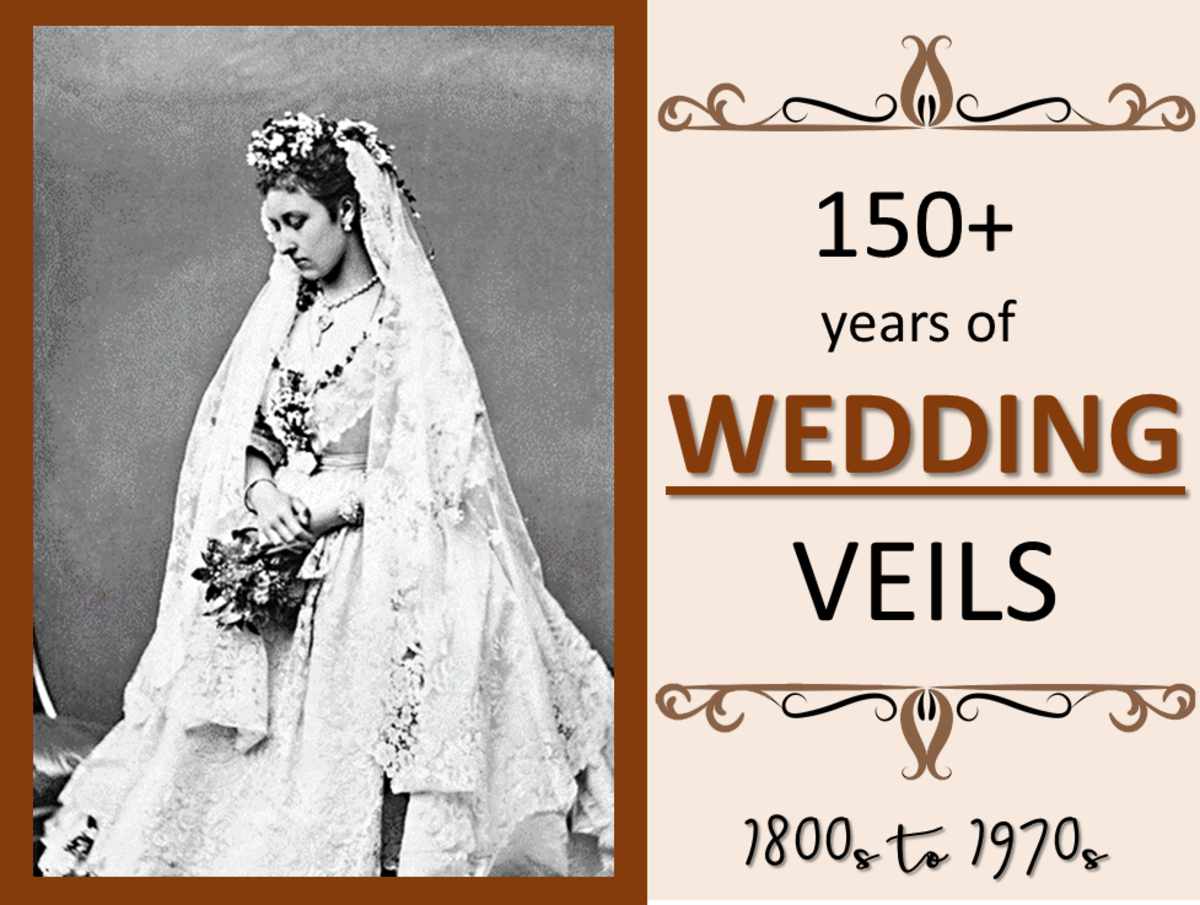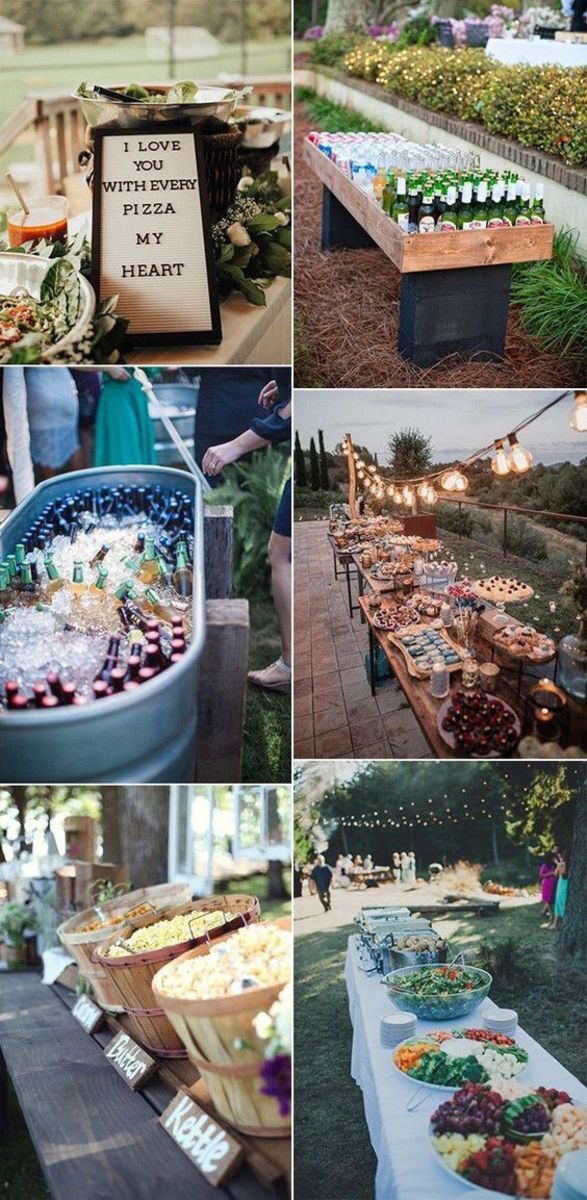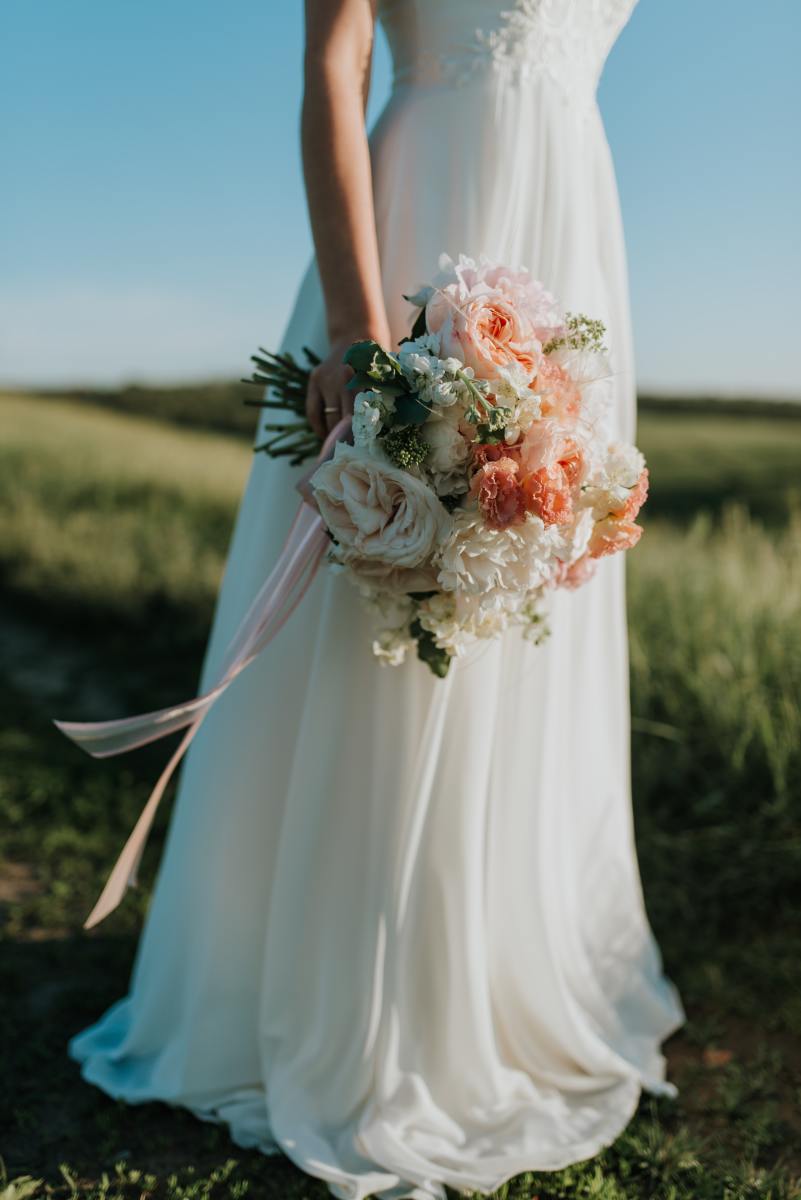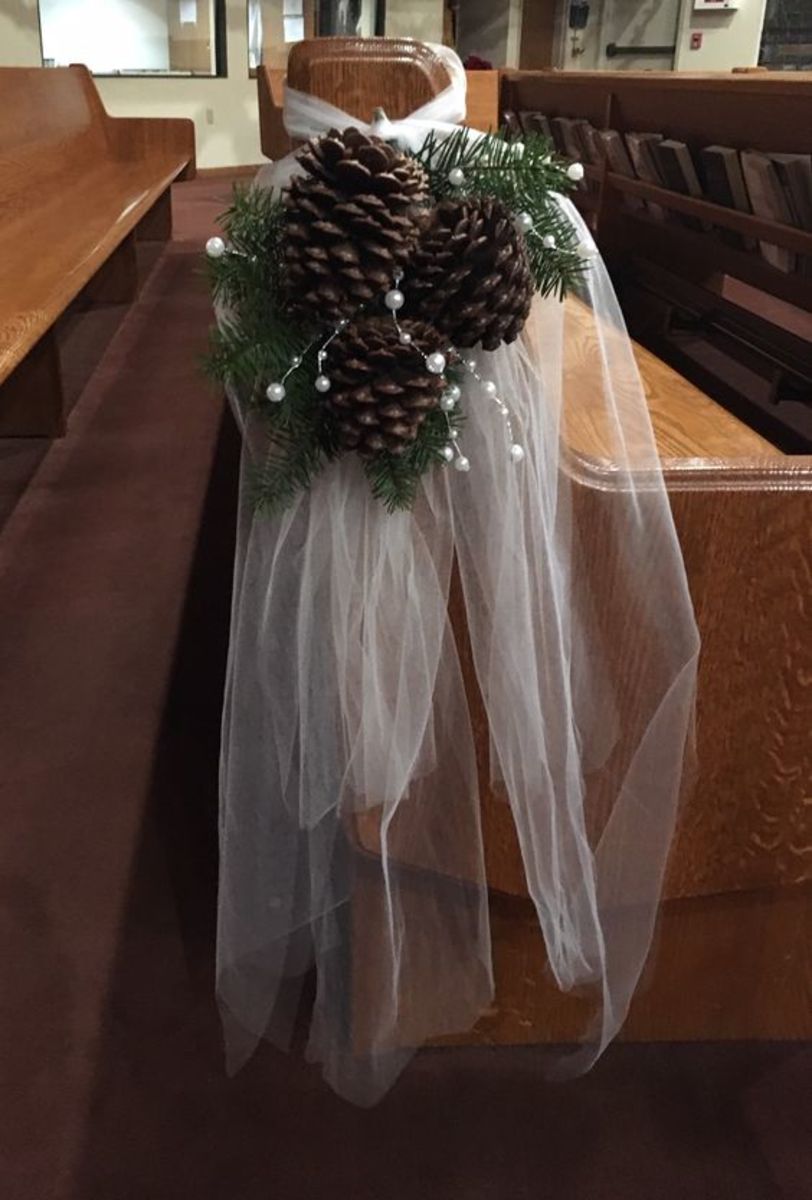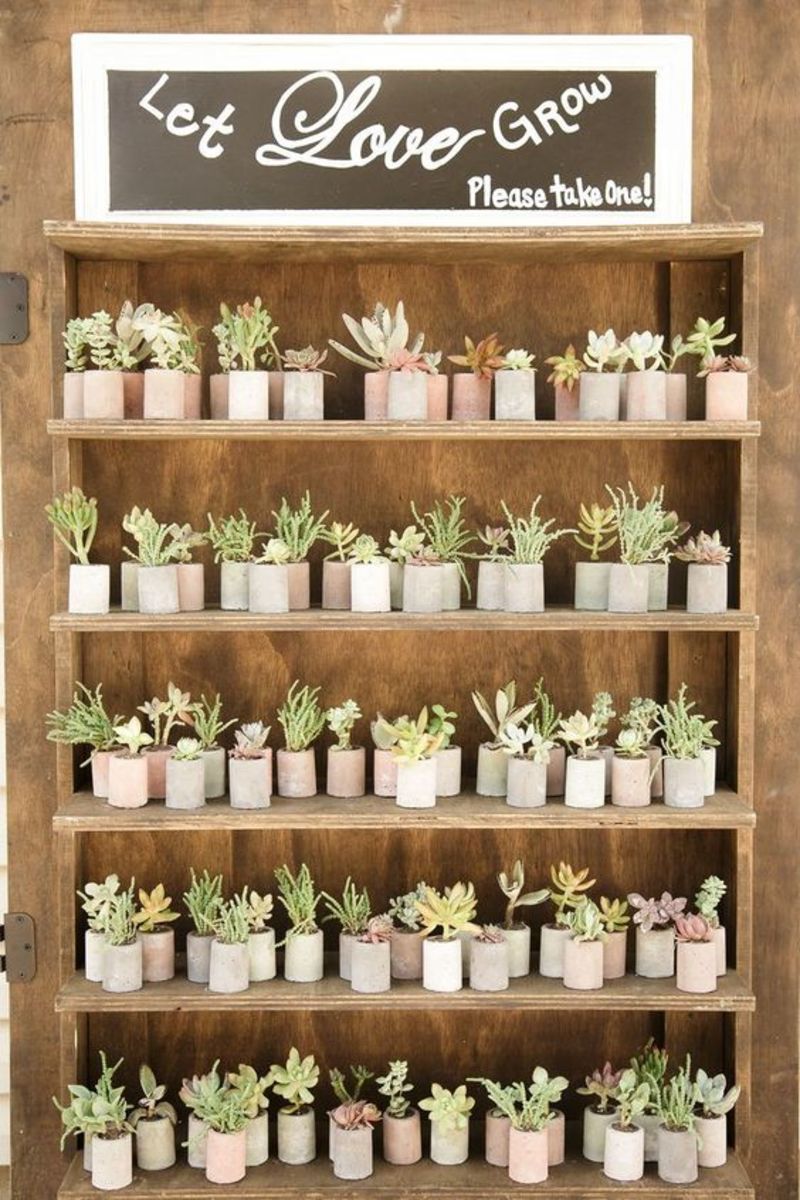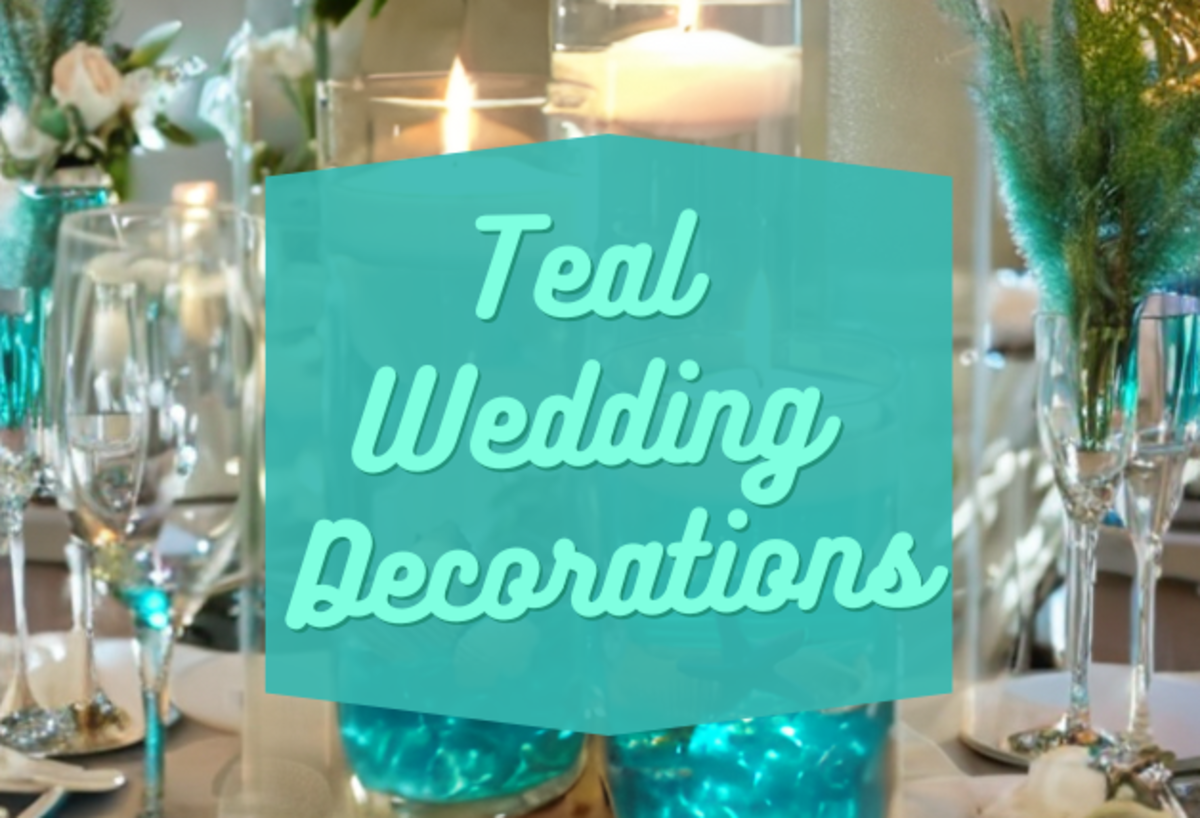Wedding Veil Guide
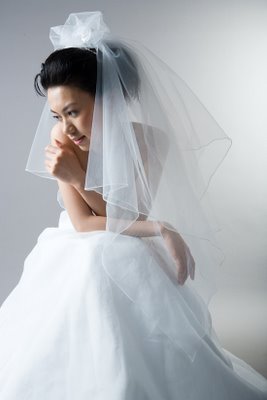
When it comes to putting the finishing touches on your wedding day look, choosing a veil is one of the most important steps. Make sure to choose your gown before picking out a headpiece or veil, then try on a variety of lengths, styles and shapes with your gown to see which matches best.
All About Veils
Veils come in a myriad of different lengths, colors, styles, and thickness with different kinds of accents and finished edges. You want to be sure to choose the very best veil for your dress and your own personal style. The good news is that many veil makers and websites are happy to make a custom veil that combines your favorite choices. For a brief guide and explanation of the different options available, read on!
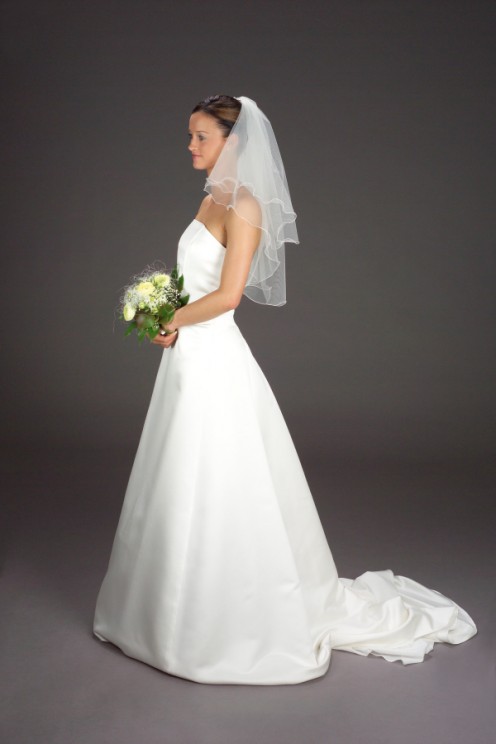
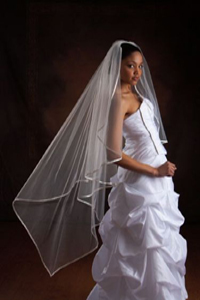
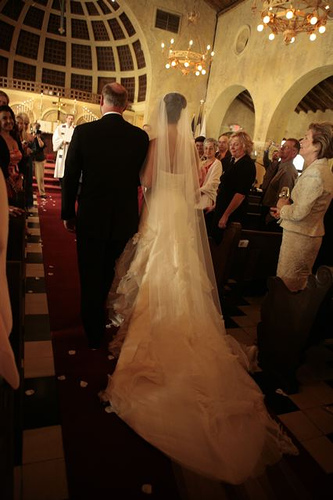
♥ Veil Lengths
There are 8 common lengths of veils, but in truth, you can have your veil made at a custom length depending on your own height and dress style. Keep in mind that traditionally, longer veils are considered more formal, while short veils are a better match for less formal dresses and weddings.
Another important thing to remember is that a really long veil will get in the way during your reception, so either plan for a change of headpiece after the ceremony or find a veil that has a detachable longer layer with a shorter blusher that you can keep on for the reception. Here is a list of the 8 most common lengths.
- Shoulder Length - Just like it sounds, a shoulder length veil should come down to your shoulders and is usually around 20" long.
- Elbow Length - An elbow length veil should come to the top of your elbows as you hold your arms out to hold your bouquet, usually around 25".
- Waist Length (Fingertip) - 30" is the average for a waist length veil.
- Knee Length - Getting into the longe, more formal veils, a knee length veil is usually about 45" long. If you want a more formal look but are not keen on your veil touching the floor, try knee length or Waltz.
- Waltz Length (Ballerina) - This veil falls between a bride's calves and ankels, usually 54" long.
- Chapel Length - Between 60" and 90", a chapel length veil should just touch the floor.
- Cathedral Length - A formal veil of around 120" is the cathedral length. This is a wonderful choice for the bride who has chosen a formal gown with a longer train.
- Regal Length - The longest veil, the regal is usually 144" or longer and looks best with a more opulent wedding gown with a long train.
♥ Veil Colors
There are three traditional colors of wedding veils. Most bridal salons carry "White" which is the very whitest of white colors; "Diamond White" or "Silk White" which is not quite as white and matches silk gowns very well; and "Ivory" which is more of a cream color. You can also find veils in specialty colors ranging from light pink to blue.The most important thing about color is just to match your dress as closely as you can.
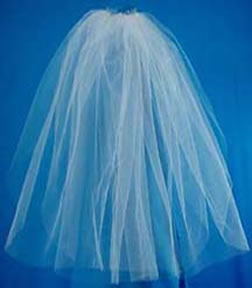
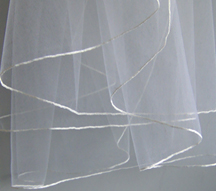
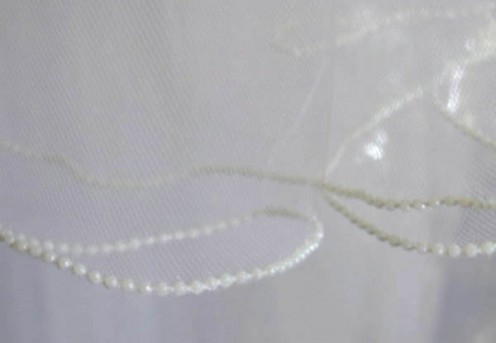
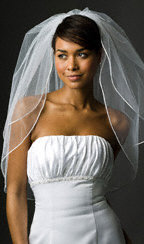
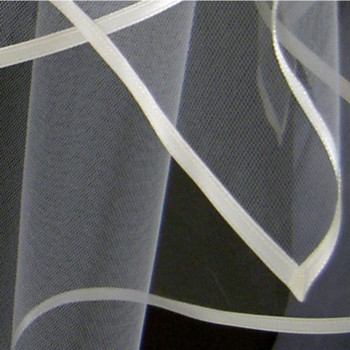
♥ Veil Edges
What type of edge you choose for your veil can make a huge difference in the way it looks and lays. The five most commonly chosen finishes for Veil Edges are:
- Cut - A cut edge is just an unfinished edge. This type of unadorned edge tends to be lighter and more poofy.
- Pencil - A very simple edge is the pencil edge, or rolled hem. This edge can be done in a specialty color or it can be simple and match the color of the veil.
- Pearl - A beautiful way to accent the edge of your veil is to add a string of pearls. Since faux pearls come in a range of sizes, you can choose how heavy or light you want the accent to be. Instead of pearls you could also use beads or crystals.
- Satin Corded - This edge is usually very neat and small, like the pencil edge. It is, however, a bit more defined and substantial than a pencil edge and matches satin gowns very nicely.
- Ribbon - Where a corded or a pencil edge is rounded, the ribbon edge is flat. Depending on what width of ribbon that you want, you can add color or a more defined edge by using a wider ribbon or a more colorful one. If you want a more ethereal look, use organza ribbon.
When you are picking out the finished edge for your veil that best compliments your gown, give some thought to whether you want a straight or a scalloped edge. A scalloped edge gives the veil a wavy or ruffled edge. Another option is the gathered scalloped edge which has more of a cloud effect with gathers at set intervals along the edge of the veil.
♥ Accents
If you want to add a little more glamour to your wedding veil, consider adding accents like scattered pearls or rhinestones. Some longer veils also look beautiful with extensive lace appliques that give the veil a more vintage look.Many traditional cultural veils have appliques on them as well. If your dress has a touch of color, feel free to add a complimentary color to your veil through rhinestones or lace.
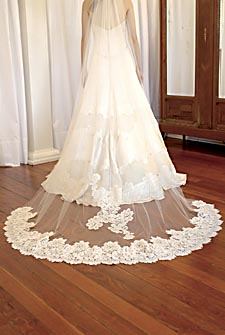
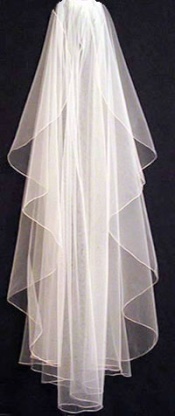
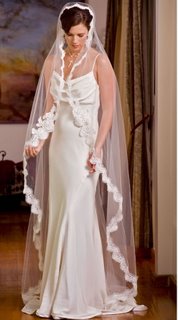
♥ Veil Shapes
As if you didn't already have enough options to choose from! There are also six popular shapes when it comes to your wedding veil.
- Standard - With a standard cut, the edges of the veil start by your face. The shape is like a rectangle with the edges cut off.
- Cascade - With a cascade veil, the fabric is cut so that the sides of the veil start higher and cascade down in a more flowing, elegant manner.
- Circular - A circular veil is just that... a big circle. The veil is cut into a big circle and then folded in half, making it a two tiered veil, gathered at the top and sewn to a comb. The top layer is often pulled over the bride's face as she walks down the isle.
- Drop Cut - This shape is also a circle, but instead of being gathered at the top and sewn to a comb, it is a simple circle that is attached to the bride's hair with a hatpin.
- Oval - An oval veil is usually a one-tiered veil with a comb at one end that attaches the veil to the bride's hair. Mantilla veils are oval veils, if that gives you some idea. The shape of this veil wraps around the bride's body.
- Bubble - If you are looking for a more poofy veil, this is the perfect shape. This veil is cut in a way that makes the area behind the comb stand out fuller, which then causes the bottom of the veil to hug the bride's body a bit more.

